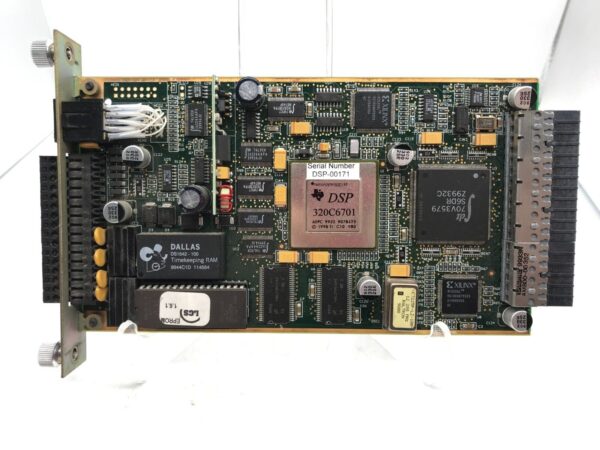Mastering System Design with Digital Signal Processors: A Practical Guide

About Course
Digital Signal Processors (DSPs) are the unsung heroes behind the tech we use every day—powering everything from communication systems and medical imaging devices to smart consumer electronics and industrial controls. This hands-on course introduces students to the world of system design through the lens of DSPs, offering an essential blend of theory, hardware, and real-world application. Whether you’re designing embedded systems or fine-tuning performance for a critical algorithm, mastering DSPs is key to unlocking high-speed, high-efficiency solutions.
In this course, students will explore the core components of DSP-based system design—from the fundamentals of signal processing algorithms to advanced hardware-software integration. With real-world case studies and practical examples at every step, learners will gain the skills to design, develop, and optimize systems built on powerful DSP technology. By the end, you’ll be equipped not just to understand DSP systems, but to engineer them with precision and confidence.
Course Content
Introduction
Definition of system design with digital signal processors
00:00Importance of mastering system design with digital signal processors
00:00Overview of the ebook
00:00